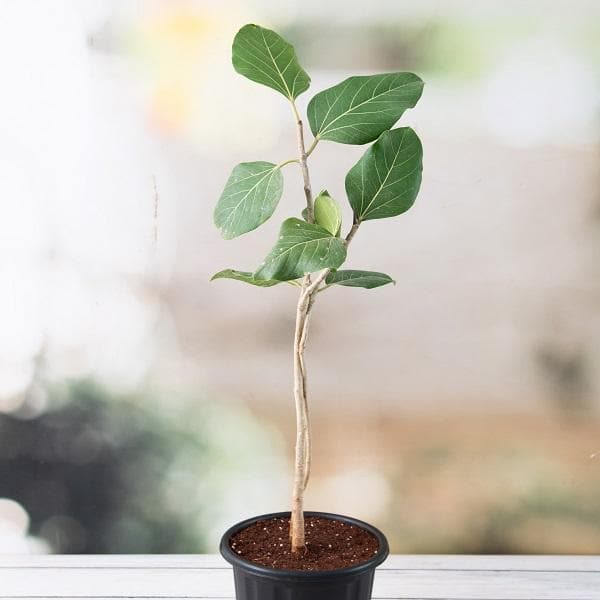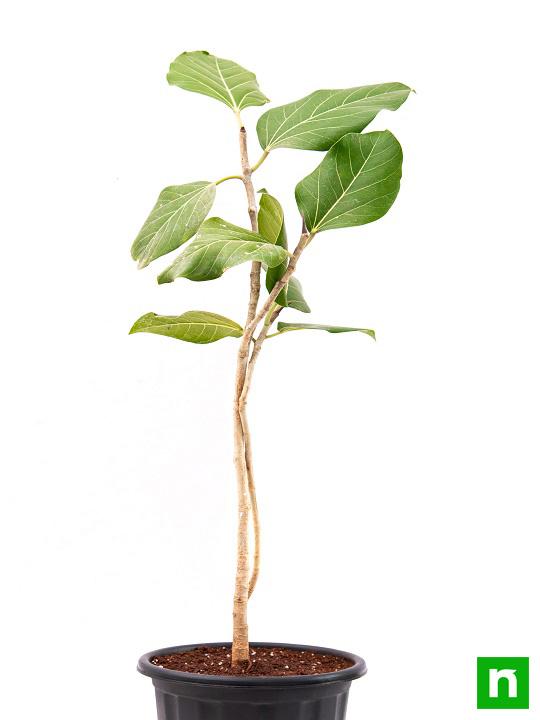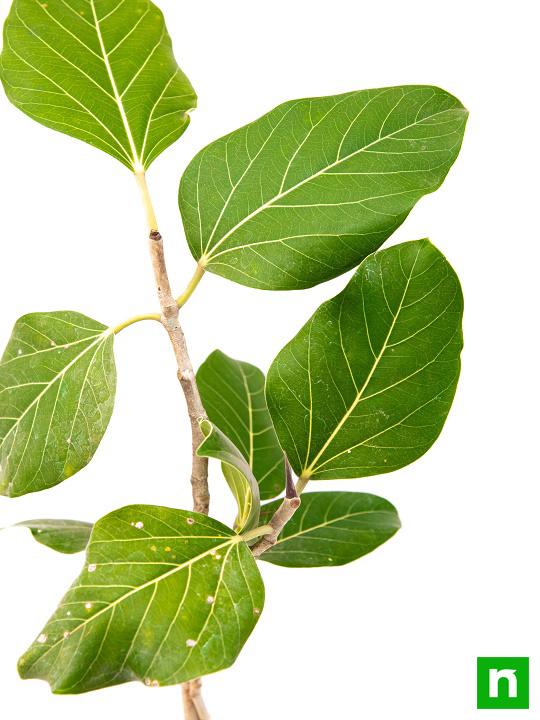Description
The Banyan tree is an iconic figure in the culture, folklore, and literature of the Indian sub-continent.
The banyan tree (Ficus benghalensis) is odd-looking with widespread, aerial roots that give the appearance of numerous trunks when they reach the ground. The Banyan tree is a close relative of the fig tree and a larger version of the ficus tree.
These trees have large, thick roots that protrude from the trunk. The Banyan prefers warm, tropical weather, as frost can kill it.Plant Specifications
| Plant Height | 31 inch (79 cm) |
| Plant Spread | 6 inch (15 cm) |
| Common Name | banyan, banyan fig and Indian banyan |
| Maximum Reachable Height | Up to 30 meters |
| Flower Colour | Green |
| Bloom Time | Monsoon |
| Difficulty Level | Easy to grow |
Planting and care
Banyan Tree care
Banyan trees prefer well-drained but moderately moist soil.
| Sunlight | Full sunlight |
| Watering | Moderately |
| Soil | Rich, humusy and well-drained soil. |
| Temperature | 25 to 35 degree C |
| Fertilizer | Feed with slow-release pellets at the beginning of the growing season. |
Banyan Tree special feature
Perennial plant
Banyan Tree uses
Ornamental Use:
- Ficus trees can maintain their tree-like shape regardless of their size, so this makes them ideal for bonsais or for massive houseplants in large spaces
- The plant is used for an ornamental purpose







Comment